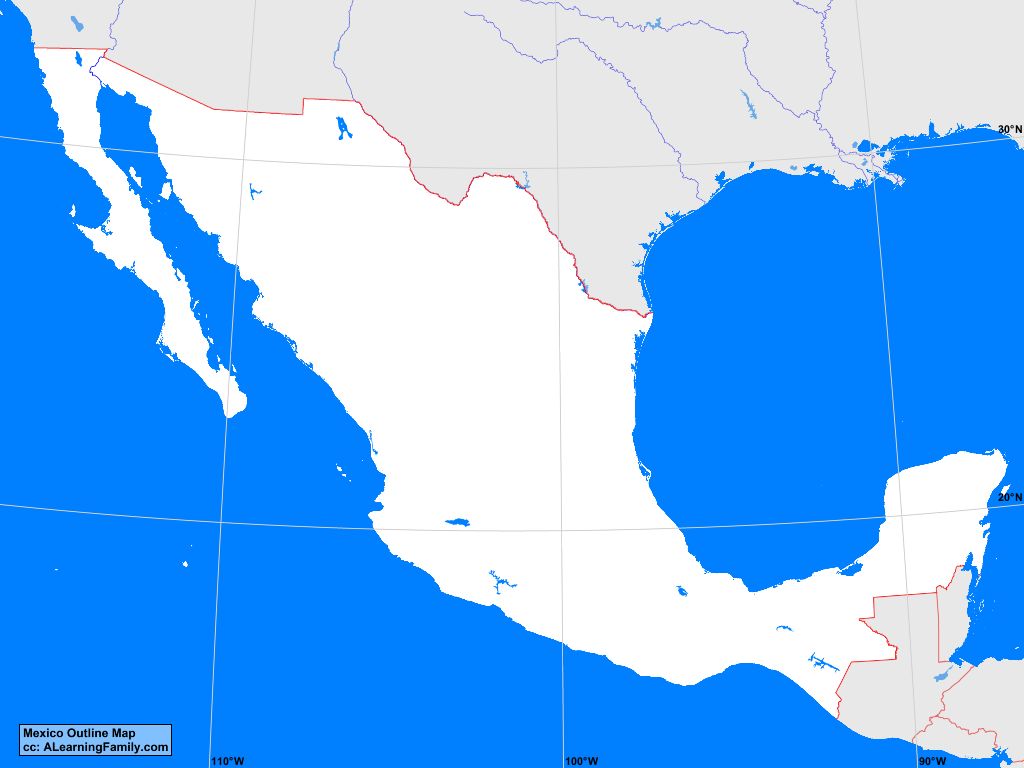Mexico
Day 1
read The Princess and the Warrior: A Tale of Two Volcanoes by Duncan Tonatiuh
Day 2
write list of goals for our Mexico study
begin to learn some color names in Spanish with a Summer Color by Number (FREE on TpT)
relationships we found between Spanish color words and English ones:
azul - azure
rosa - rose
amarillo - amber
verde - verdant, verdigris
interesting note:
marrón means brown because it is related to the French word for chestnut
Day 3
look up additional color words she was interested in (light green, dark pink)
discover that in Spanish the adjective can follow the noun
review the Montessori Grammar symbols for parts of speech
look at a map of Mexico and find the Gulf of Mexico, the Caribbean Sea, the Gulf of California, and the Pacific Ocean
find Baja and make a list of questions about learning to surf
invent and solve a long multiplication problem (using the Golden Mat and the Colored Bead Bars) about a three night hotel stay at $468.00 / night
Day 4
begin to plan imaginary trip to Baja Mexico, make a list of possible expenses, decide to focus on Meals for today
look at exchange rate between Mexican Peso and Canadian Dollar (right now 1 Canadian Dollar = 13.25 Pesos)
look at menus (Restaurant La Pasadita, Thrifty Ice Cream) and convert 15 pesos for a soda and 75 pesos for an ice cream sundae to Canadian Dollars
Day 5
use oil pastel map transfer method to make an outline map of Mexico, label Baja Peninsula
look at several political maps of Mexico
look at several biome maps of Mexico
- Jungles/Forests Map
is the Baja Pensinsula included in this map? what does that mean? what biomes might it be (desert, polar, grasslands)?
Mexico's BioGeographic Regions (top map on the page)
Vegetation Zones of Mexico (bottom map on the page)
print a second copy of the outline map of Mexico (your first copy will be ruined because of the transfer technique), use colored pencils or crayons to color it as a biome map of Mexico (don't forget to include a map key!)
Day 6
look at map of Baja Peninsula airports
decide that between the two states on the Baja Pensinsula, we would visit Baja California Sur
choose an airport (Los Cabos Airport | SJD San José del Cabo International Airport)
research the cost of surfing lessons! (purecabo.com)
from May to October, people surf the Sea of Cortez
(this is the best time to go, as the water is warmer)
November to April are the months best for the Pacific side
Day 7
choose a family-friendly hike (CASCADA SOL DE MAYO, SANTIAGO) and find Rancho Ecologico Sol De Mayo on the map
brainstorm animals that we might see on the hike (remembering that the overall biome is desert but this is a waterfall and oasis)
read blog post Rancho Ecologico Sol De Mayo and look at photographs
- Mexican Ground Squirrel
Xanthus’s Hummingbird
Greater Roadrunner
American Kestrel
White-winged Dove
Gila Woodpecker
Banded Rock Lizard
draw a picture of the Mexican Ground Squirrel for the MLB
Day 8
look through all of the reptiles listed on the "Baja California Sur" page at iNaturalist.org to see if alligators are found there
draw a picture of the Loggerhead Sea Turtle for the MLB
introduce Frida Kahlo and read Frida Kahlo and Her Animalitos by Monica Brown
Day 9
do "Self Portrait with Bonito" lesson from video 3 of Magnificent Modern Art: Frida Kahlo & Magic Realism
Day 9
look at and discuss other examples of Frida Kahlo's work from Art History Kids June 2019 topic, The World Through Frida Kahlo's Eyes
"Self-Portrait in a Velvet Dress," 1926
"Frida and Diego Rivera," 1931
"Self-Portrait on the Borderline Between Mexico and the United States," 1932
"My Dress Hangs There," 1933
"Fulang-Chang and I," 1934
"Self Portrait with Thorn Necklace and Hummingbird," 1940
"Me and My Parrots," 1941
"Self-Portrait with Braid," 1941
"Self Portrait with Monkeys," 1943
"Self-Portrait as Tehuana Woman," 1943
"Portrait of Mariana Morillo Safa," 1944
"Self Portrait with Small Monkey," 1945
"Weeping Coconuts," 1951
"Portrait of My Father Wilhelm Kahlo," 1952
"Viva la Vida," 1954
She decided that she was ready to stop here. It's different being a Zoom tutor than it is being a classroom teacher, because you don't have the energy of the whole group to help keep momentum up. I don't push a topic if children stop being interested.
You could of course take this in so many directions. Learn about another state in Mexico. Learn some more about the plants and animals. More decimal multiplication to figure out the conversion between units of currency. More legends. More Spanish. Etc.
If your child is interested in Spanish, I highly recommend Salsa by PBS. https://www.gpb.org/salsa/term/episode
This post contains affiliate links to materials I truly use for homeschooling. Qualifying purchases provide me with revenue. Thank you for your support!







 Immersive Experience
Immersive Experience Immersive Experience
Immersive Experience







1 comment:
Looks like a cute book!
Post a Comment